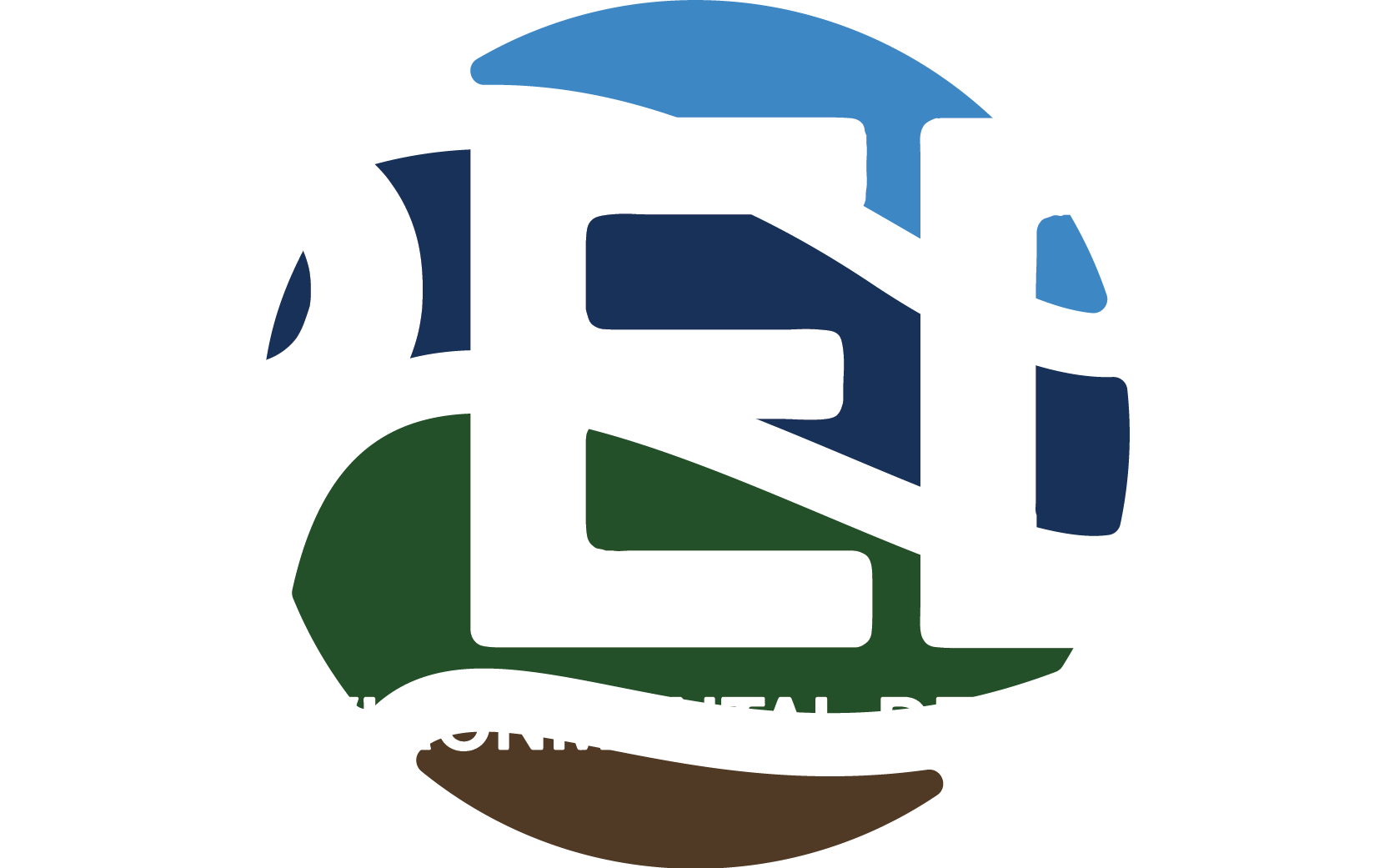Climate Change: Extreme Heat and Pala

Welcome to the Climate Change series brought to you by Pala Band of Mission Indians and the Pala Environmental Department.
What does ELEVATED TEMPERATURE mean for Pala?
Pala completed a Climate Change Vulnerability Assessment in 2019, which identified elevated temperatures as one of four high-risk exposures resulting from climate change.
Key Facts about Elevated Temperatures at Pala
According to the 2017 Climate Science Special Report, temperatures in the US are projected to increase by 2.8 – 7.3 degrees Fahrenheit on average by 2071 – 2100. The US Southwest, where Pala is located, is particularly prone to heat waves. Pala has experienced 18 heat-related events between 1997 – 2014. The State of California projects that days over 99.9 degrees at Pala will increase by 750% by 2070-2099.
That means Pala residents will experience extreme heat days 1 out of every 10 days. Elevated temperatures are known to trigger secondary exposures such as worsened air quality (more ozone), food insecurity, and vector changes (e.g. mosquitos, ticks and rodents).
Pala’s High-Risk Health Impacts
Did you know that elevated temperatures can harm our physical, emotional, spiritual and cultural health and wellbeing? Below are health impacts considered the high or medium risk for residents of Pala.
- Heat-related stress, illness, and death
- Consequences for mental, behavioral and cognitive wellbeing
- The decline of culturally important plants and animals
- Lost work, school, or business days
- A decrease in fitness activity level
- Disruptions of community functions or ceremonies
- Carbon monoxide poisoning (e.g. from generators during a power outage)
- Respiratory and cardiovascular illness
- Worsened allergies
- Food shortage due to global production and price fluctuations
- Illness and death caused by Lyme, West Nile Virus, and Zika
Tips for Staying Safe During Extreme Heat
- Get inside. Pala’s cooling centers at located at the Pala Resort and Casino and Fitness Center
- Stay hydrated and rested
- Never leave anyone in a closed vehicle
- Check on elders and other vulnerable neighbors
- Don’t forget your pets!
- Take advantage of medical and emotional care services
- Recognize the symptoms of heat stroke
- Set up a family emergency plan
- Follow Pala Environmental Department on Facebook for climate updates and information
- Sign up for San Diego County’s Alert System
Learn More
- APHA Extreme Heat Factsheet
- APHA Climate Changes Allergies and Asthma
- APHA Climate Changes Mental Health Factsheet
- CDC How Climate Affects Community Health Video – Extreme Heat
- San Diego County Climate Change and Health Profile Report
What Is Pala Doing to Adapt and Prepare?
Pala completed an Adaptation Plan with a full list of strategies to help safeguard the health and wellbeing of the Pala community. Below are a few examples of ways we plan to address elevated temperature threats.
- Build alternative power supplies e.g. building or community-scale battery storage and microgrids incorporating renewables to avoid power outages for critical facilities during exposure-event
- Conduct education to encourage community members to prepare for exposure
DOWNLOAD TIP SHEET
Feel free to download our tip sheet: Climate Change – Extreme Heat and Pala (.pdf).
Climate Change – Extreme Heat and Pala, Page 1
Climate Change – Extreme Heat and Pala, Page 2
PALA ENVIRONMENTAL DEPARTMENT CLIMATE CHANGE SERIES
Discover and follow our on-going Climate Change series:
Climate Change
PLANET PALA DIY, GREEN LIVING, AND WILDLIFE TIPS
Discover and follow our on-going Planet Pala series:
DIY | Green Living | Wildlife Tips
PLANET PALA ONLINE
You can find Planet Pala online:
Website | Instagram | Facebook
PALA ENVIRONMENTAL DEPARTMENT
For more information contact the Pala Environment Department:
760-891-3510 | ped@palatribe.com | ped.palatribe.com.



